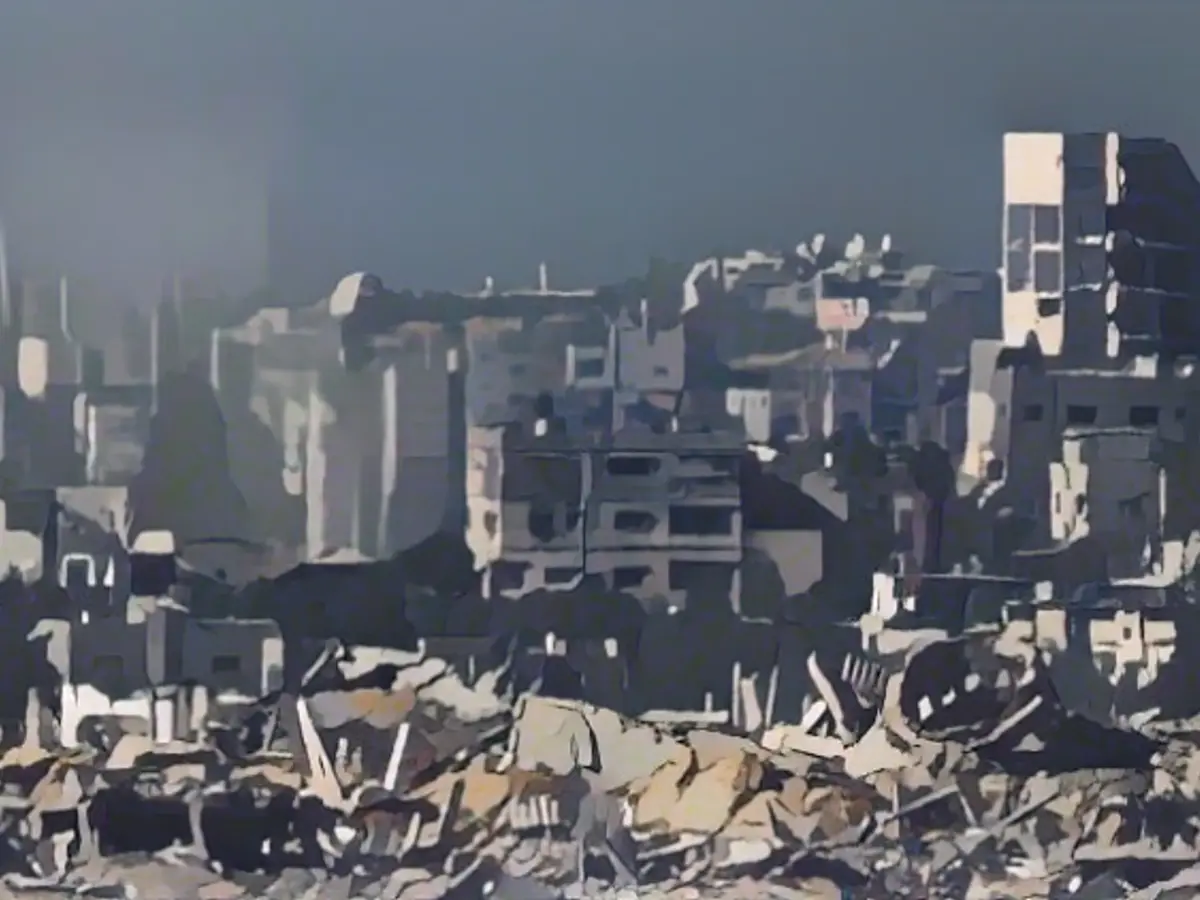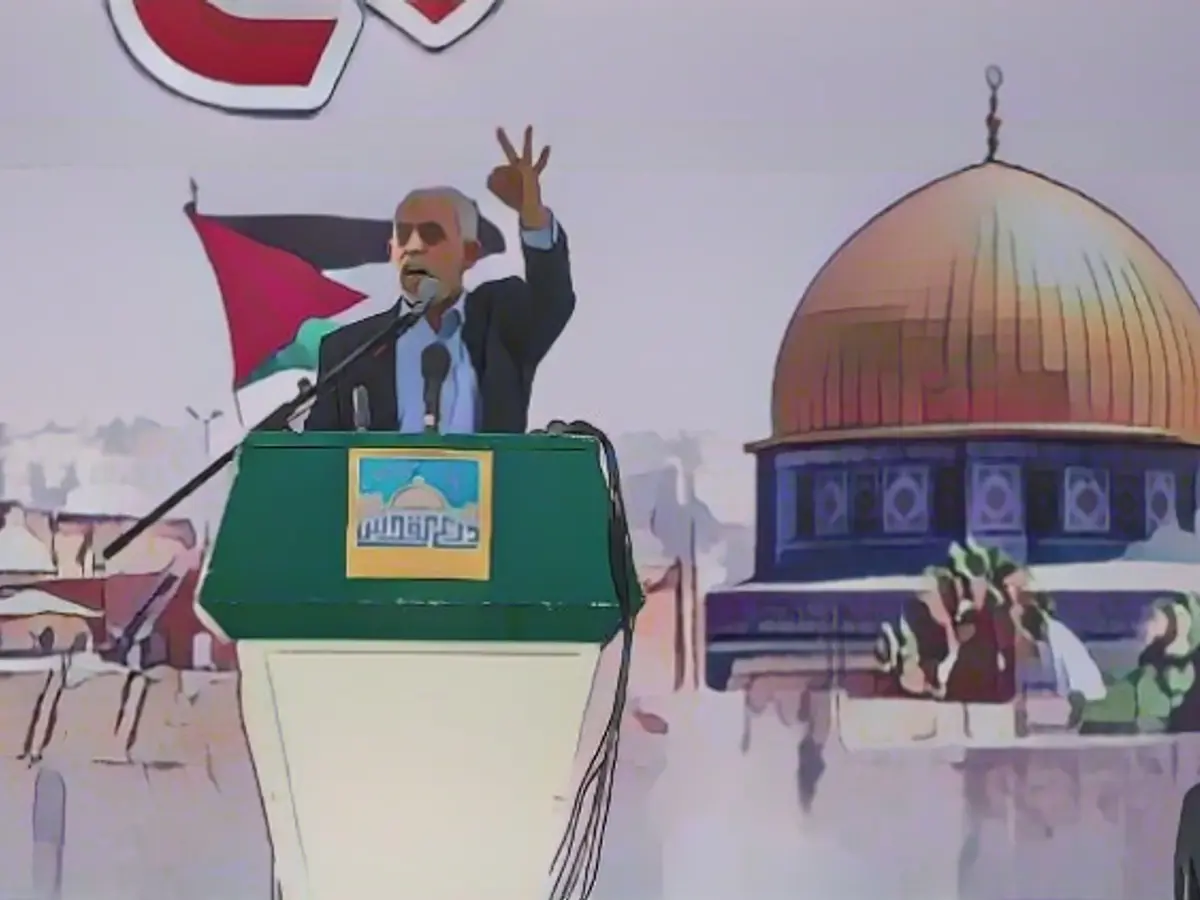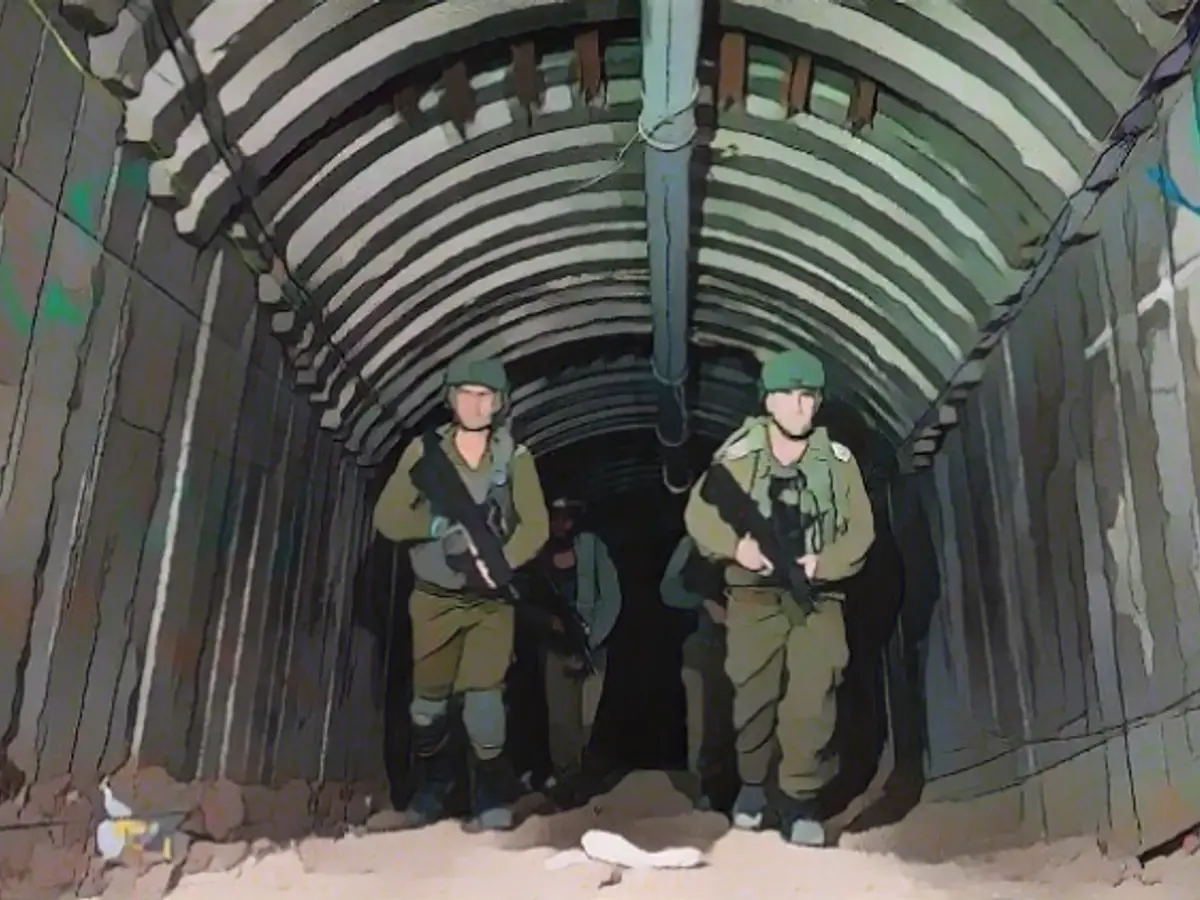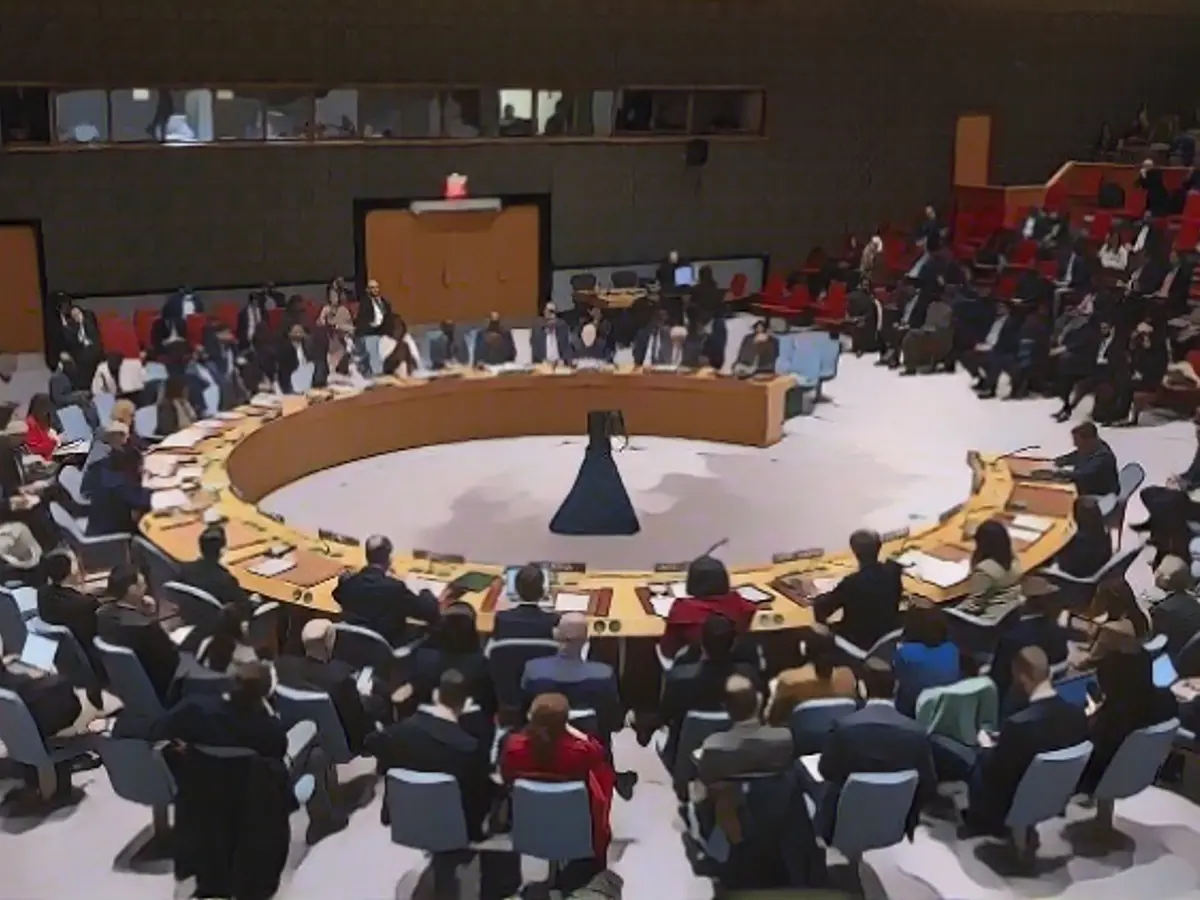Gaze at the Dawn After: A Necessary Plan for the Gaza Strip
Israel's enduring presence in the Gaza Strip is unlikely--or undesirable. Instead, a well-thought-out strategy for departure is indispensable. The passage of time has consistently illustrated that withdrawal does not automatically usher in peace or tranquility.
The future of Gaza needs to be explored now, as the ongoing debate on what the region should transform into after conflict is currently being sidestepped. Prolonging this dialogue will only hinder the residents of Gaza from building a viable future and could pose dangers to Israel for forthcoming generations. The failure to devise a viable blueprint for Gaza could potentially lead to more turmoils and periods of conflict.
The legacy of vacating past territories in Gaza, such as the withdrawals in 1994 (following the Oslo Accords) and 2005 (under Prime Minister Ariel Sharon), should not be overlooked. Planning a safe and sustainable strategy for the future is essential before the third Israeli departure from Gaza.
Withdrawal must precede new perils
History has taught us that an occupation could present insecurity and unclear objectives, potentially fueling resistance and prolonged conflict. In the context of the Israeli-Palestinian conflict, unilateral withdrawal may not ensure peace and security for either side. Israel must ensure that before it withdraws, there is a trustworthy partner responsible for the territory and determined to demilitarize Gaza and halt terrorism. Failing to achieve a stable peace following withdrawal might perpetuate a cycle of violence, occupation, and disengagement every few years.
Unilateral withdrawal does not bring tranquility
In the 2005 withdrawal from Gaza, Israel transferred security and administrative control to the Palestinian Authority (PA) under President Mahmoud Abbas. However, subsequent Hamas military rise to power in 2007 transformed the Gaza Strip into an independent, terrorist-controlled state hostile to Israel and the PA.
The PA's inability to regain control of the Gaza Strip has resulted in regretful consequences. Over time, the PA has demonstrated no intention to reclaim responsibility for the territory, instead bolstering the terrorists through financial support. On an ideological level, the PA has never distanced itself from the values of jihad. Routinely, it perpetuates animosity towards Israel by preserving incitement in school textbooks. Surprisingly, schools in the Gaza Strip use the PA's own textbooks.
Israel was deceived into thinking that a unilateral withdrawal would automatically bring peace and tranquility to its citizens. By the time the recent clashes in Gaza come to a close, Israel probably will have scored significant military victories. It will have incapacitated terrorist groups and weakened, if not eliminated, their adversaries. Nevertheless, since Israel has stated that it has no intention of permanently occupying Gaza, it needs a clear departure plan.
Three essential stages
The desirable future for Gaza calls for renouncing extremism and building unity. To catalyze this, a phased exit strategy involves the following three phases:
The preventive phase (minimum of a year) focuses on neutralizing the capabilities of Hamas and other terrorist organizations in Gaza. This involves:
- Decimating military infrastructure
- Disarming Gaza
- Bringing war criminals to justice
- Demonstrating the consequences of terrorism, as well as providing maximum humanitarian aid
The stabilization phase (three to five years): The Israeli Defense Forces depart from urban areas and are replaced by international peacekeepers. Borders and crossings are re-established, and security measures are taken against arms trafficking along the Egyptian-Gaza border. In parallel, efforts are undertaken to rejuvenate daily life, boost the local economy, and establish trustworthy Palestinian representatives supporting demilitarization of Gaza and preventing terrorism. International assistance can facilitate this process.
The reconstruction phase (three to five years): Comprehensive Israeli withdrawal from Gaza to international borders is executed, with the establishment of a local political system based on a constitution and free, democratic elections. Industrial zones and welfare programs will be developed to construct employment infrastructure. Moreover, desalination plants, sewage systems, and a self-sufficient power plant will be built. Ultimately, seaports and airports can be established, provided security surveillance is offered by either Israel or an internationally agreed-upon organization.
Implementation of the strategy requires collective effort from the United States and the worldwide community. Cooperation with Arab nations, particularly Egypt and the Gulf States, is also essential.
While this strategy will not guarantee immediate and uncomplicated success, it encompasses the fundamentals to locate a sustainable and long-term solution for Israeli-Gaza relations. At present, the strategy does not aim to resolve the dispute with Palestinians in the West Bank, but if successful, it could build trust between Israel and its West Bank counterparts.
Sources:
- Various expert opinions, think tanks, and reports on Israeli-Palestinian conflict
Note: Integrated Enrichment Data has only been selectively incorporated to enrich and clarify the content, as per the guidelines provided.








